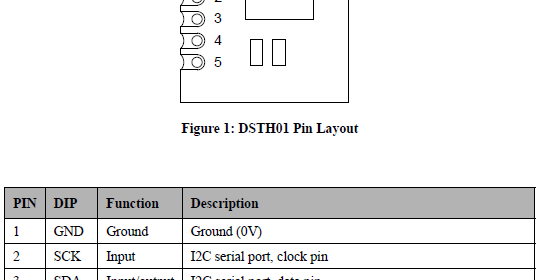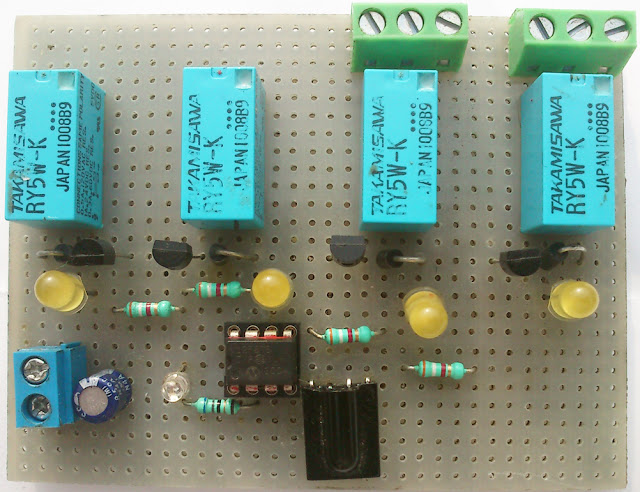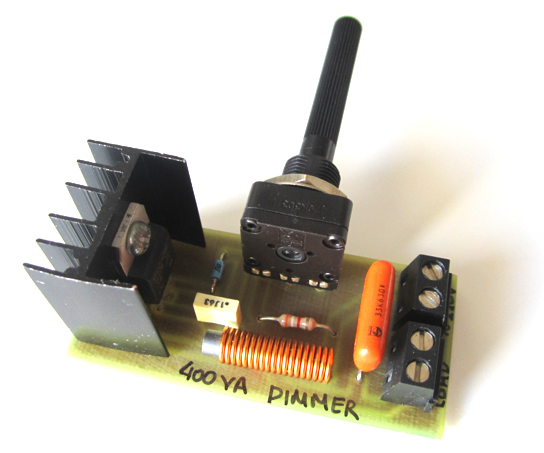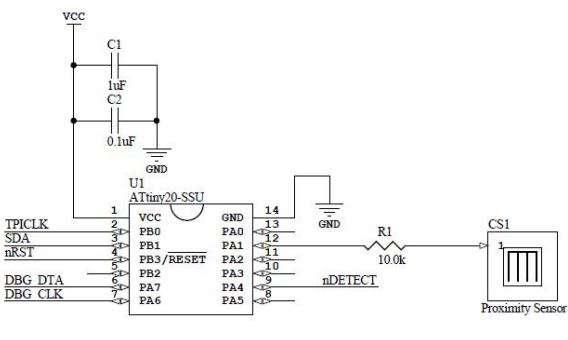Reviewing Dorji’s DSTH01 digital temperature and humidity sensor module

A couple weeks ago I received some sample products from Dorji Applied Technologies, a china-based company that make varieties of RF and sensor modules. One of the products I received was their latest DSTH01 sensor module that carries Silicon Labs’ Si7005 digital relative humidity and temperature sensor on board. Things I liked about it are it is inexpensive (available on Tindie for only $6), compact, and most importantly it supports I2C host interface for communication.
Read more


